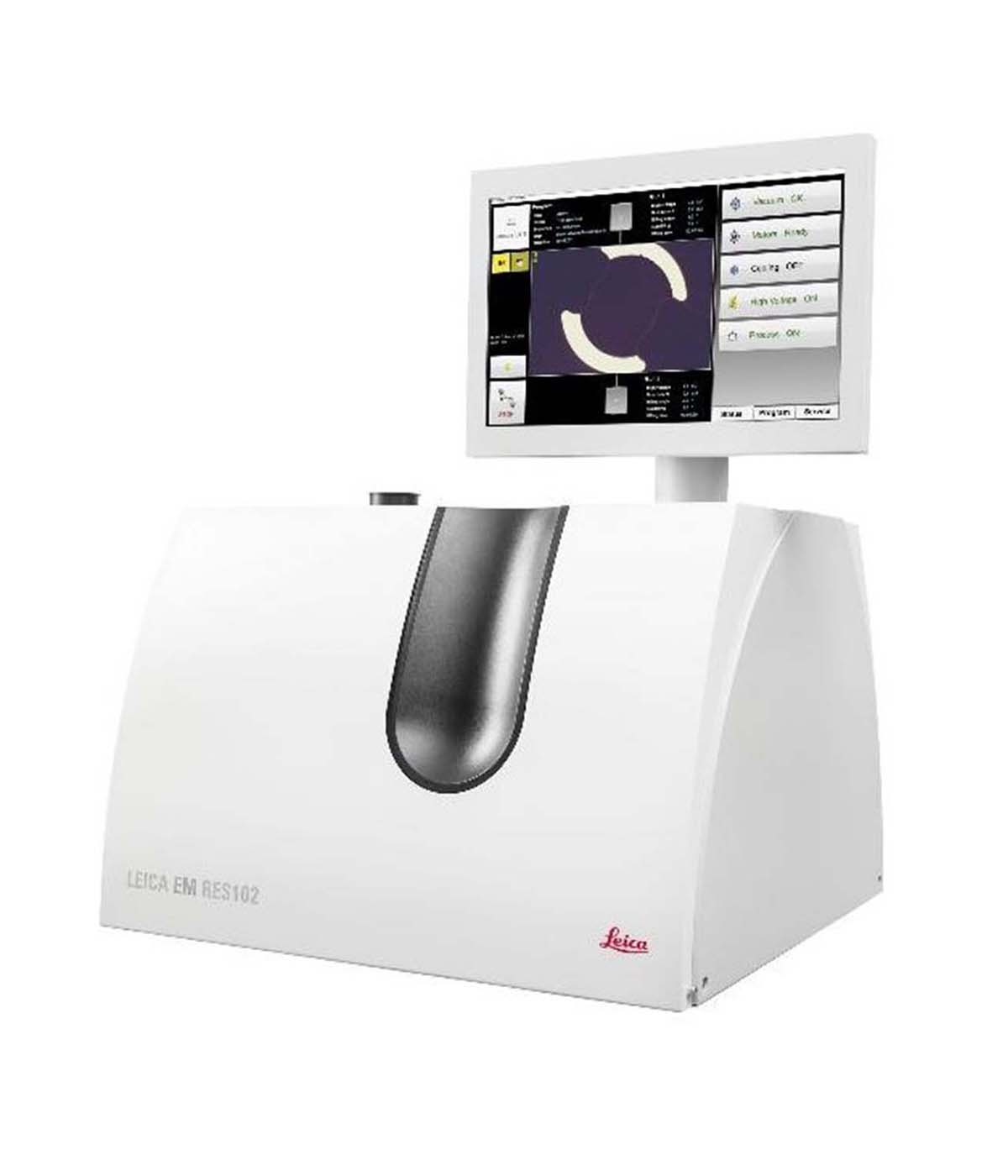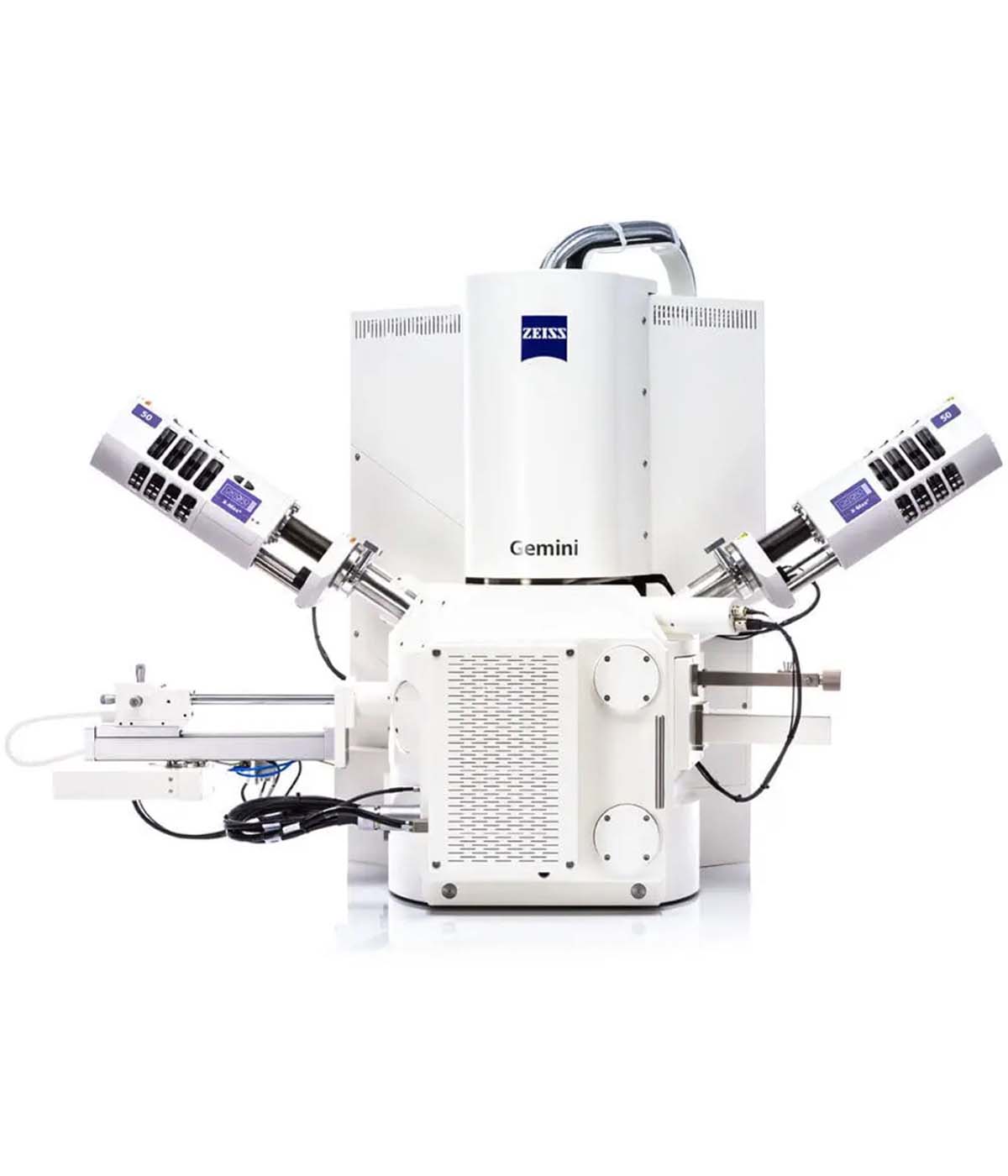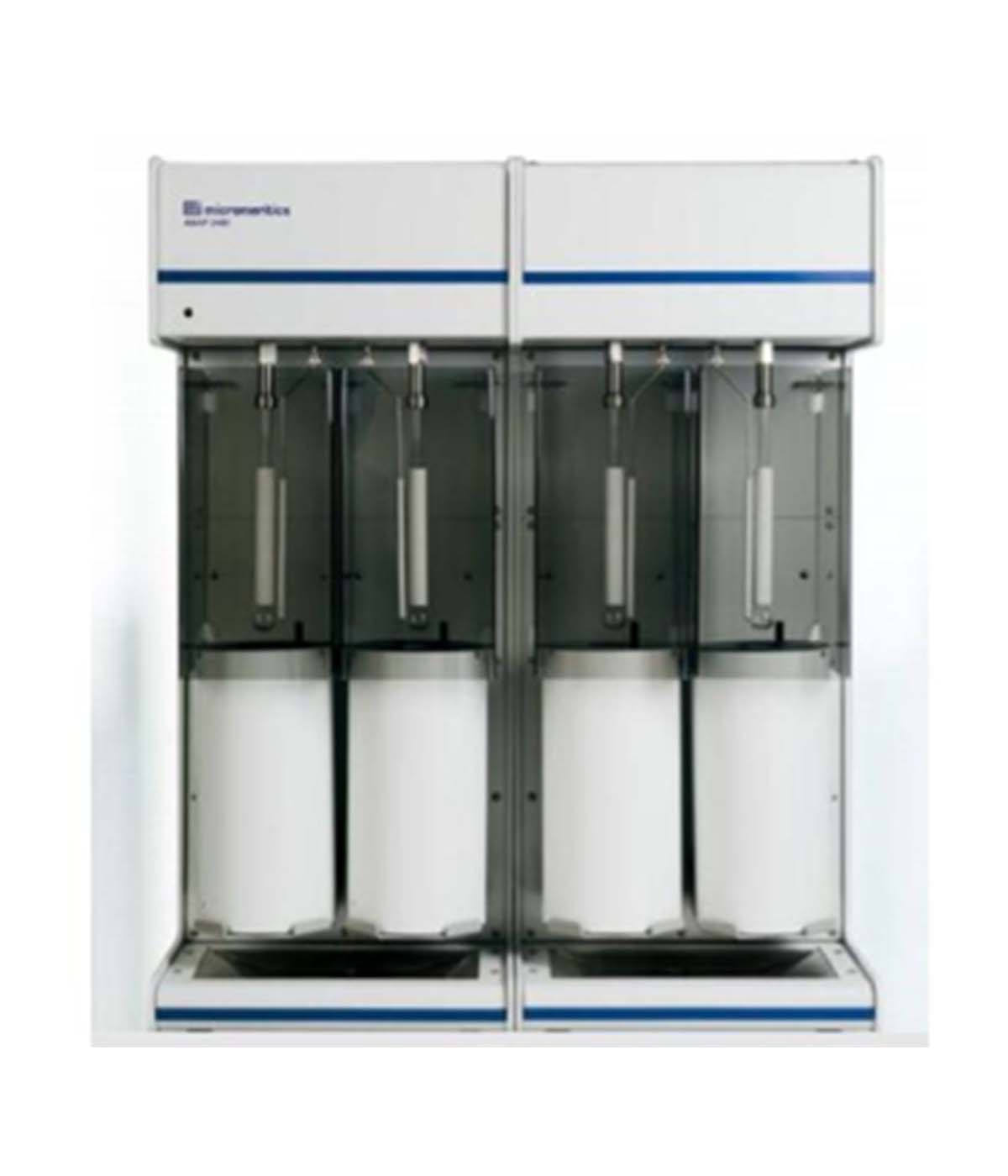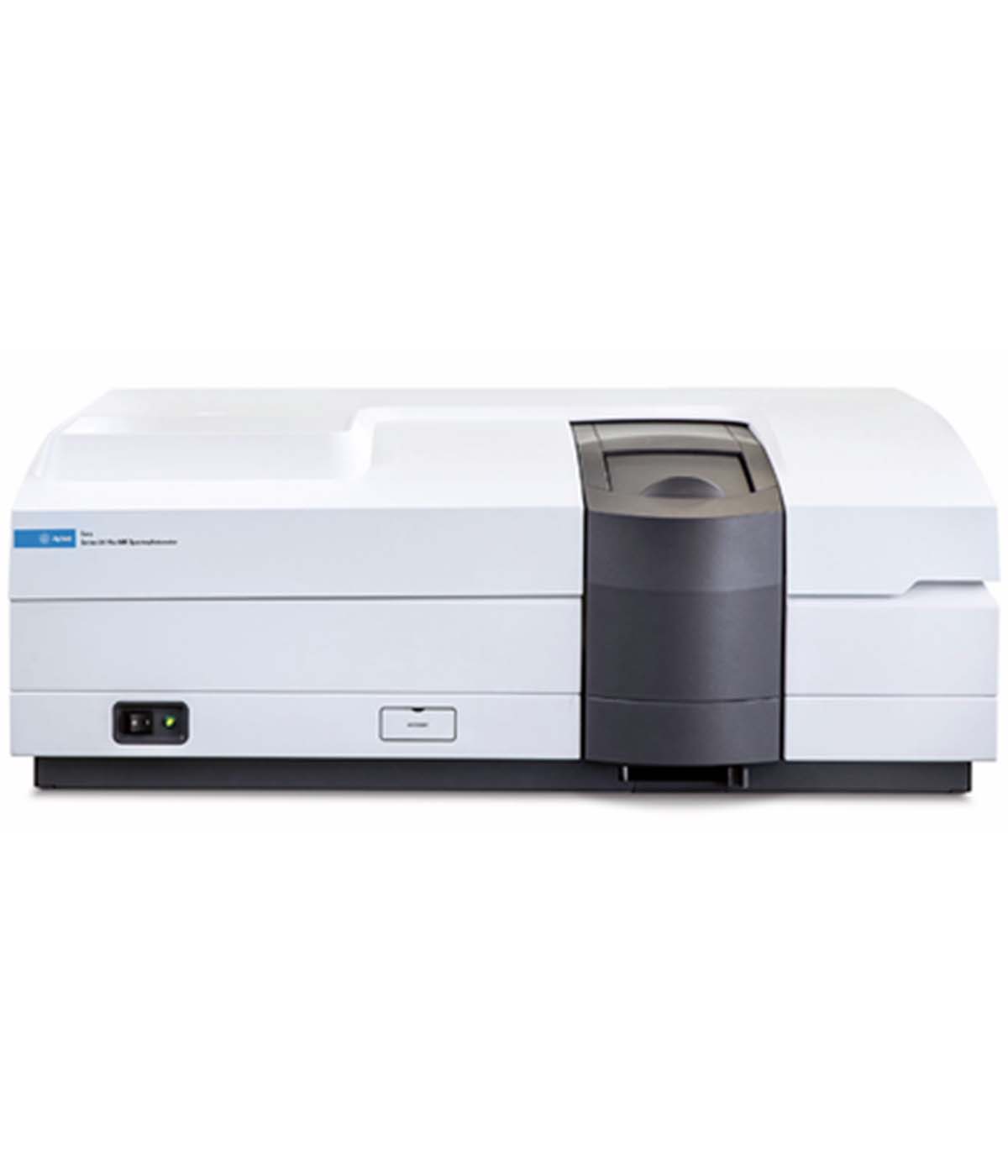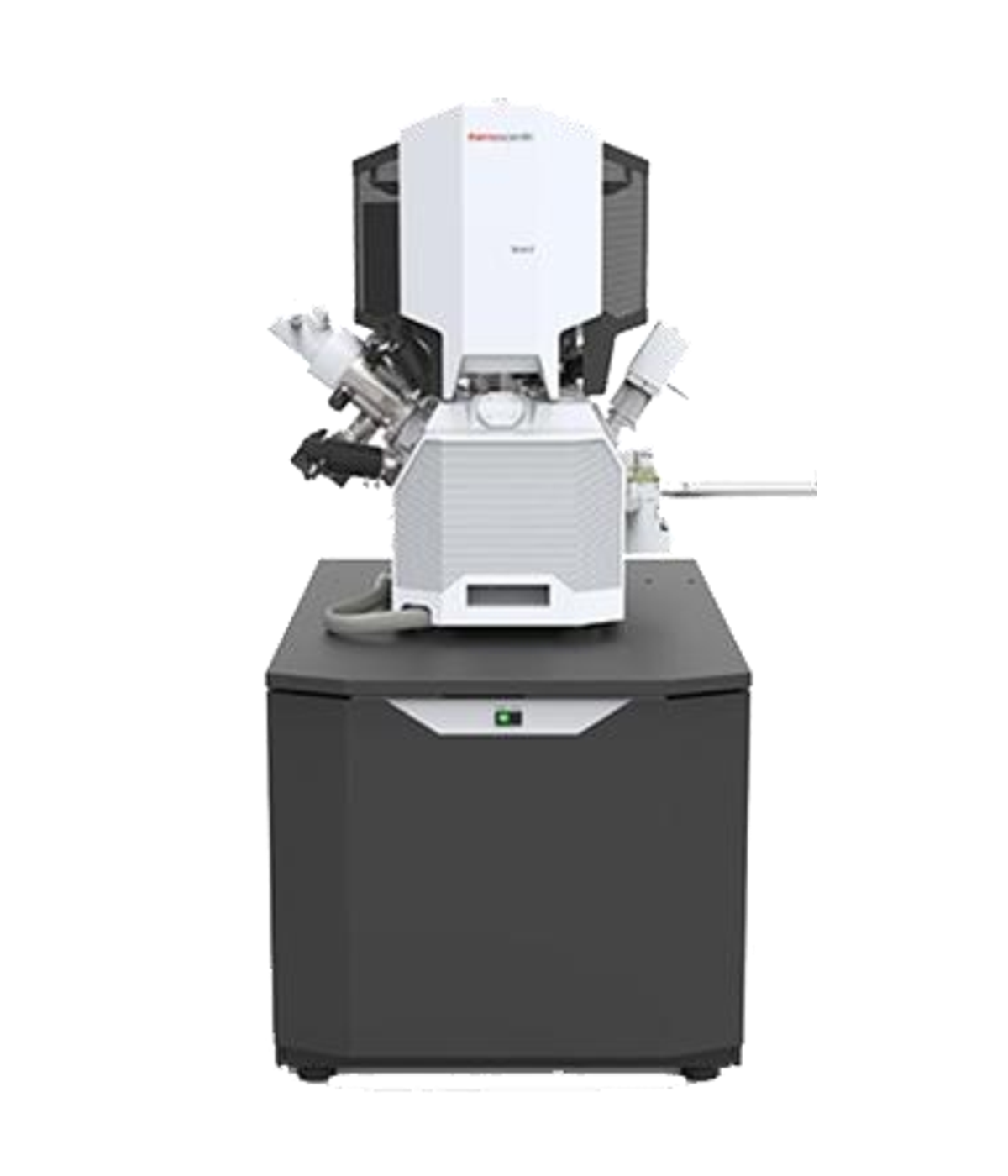
SEM/EBSD in-situ Tensile Stage
Instrument Type:
FEI; ZEISS
Analytical Program:
SEM in-situ tensile test -- Contact us for quotation
SEM in-situ compression test -- Contact us for quotation
EBSD in-situ tensile test -- Contact us for quotation
EBSD in-situ compression test -- Contact us for quotation
SEM in-situ fracture test -- Contact us for quotation
SEM in-situ high-temperature test -- Contact us for quotation

 stainless steel SEM EBSD in-situ tensile test.png)
